Staphyloma refers to acquired thinning and weakening of the uveo-scleral layer of the eye with focal uveal protrusion. This outpouching has a smaller radius than the surrounding globe. Staphylomas most commonly occur posteriorly, temporal to the optic disc, in the context of myopia.
On this page:
Clinical presentation
Patients with posterior staphyloma often present with high axial myopia 3,4.
Pathology
Staphyloma is an acquired defect secondary to weakness and thinning of the ocular uveo-scleral layer 3. They may be classified as either anterior or posterior.
Posterior staphyloma
progressive myopia (or mega myopia) is the most common cause
Other causes include:
Anterior staphyloma
inflammation or infection of the corneoscleral lining of the eye is the commonest cause
Radiographic features
macrophthalmos with increased anteroposterior diameter of the globe
focal deformity and uveal outpouching (not as marked as coloboma), usually posterior and temporal
Differential diagnosis
axial myopia: elongation of the globe without a superimposed smaller radius protrusion, although often co-exists with staphyloma
chorioretinal coloboma: defect in the choroid and retinal layer, typically located at the inferonasal quadrant
buphthalmos: enlargement of the globe



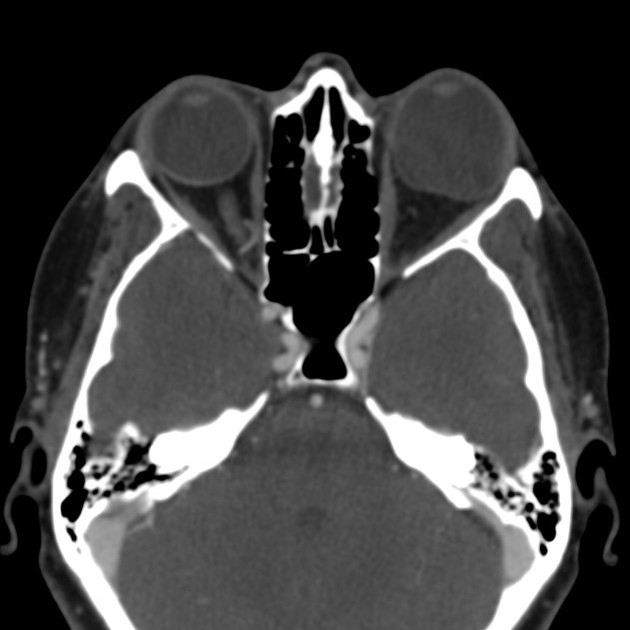
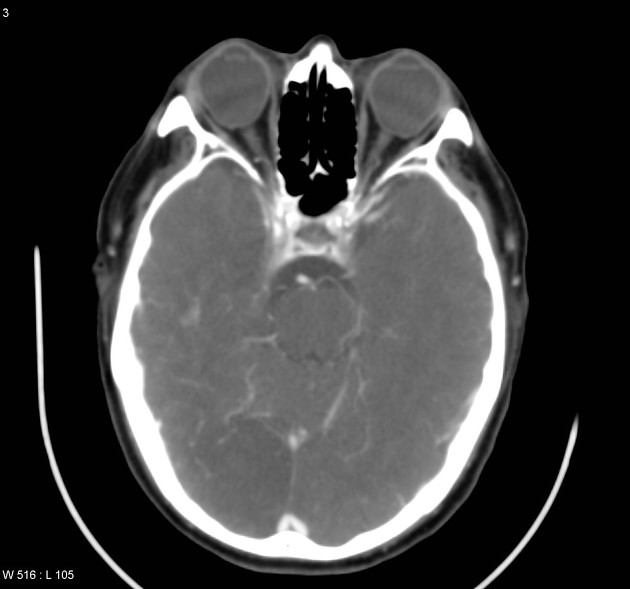
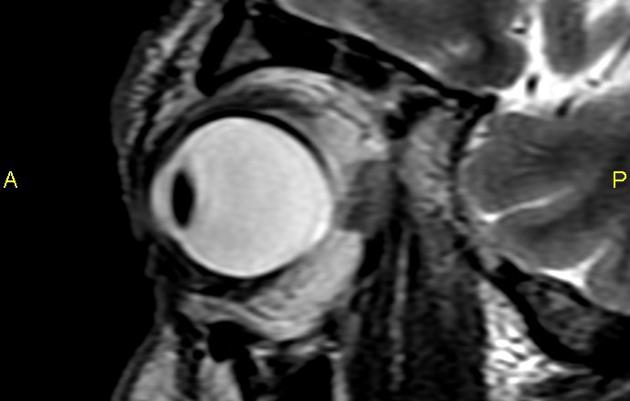
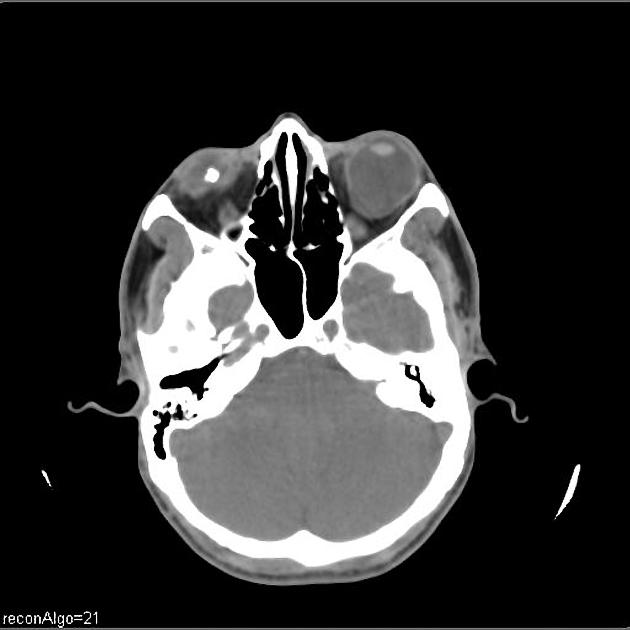
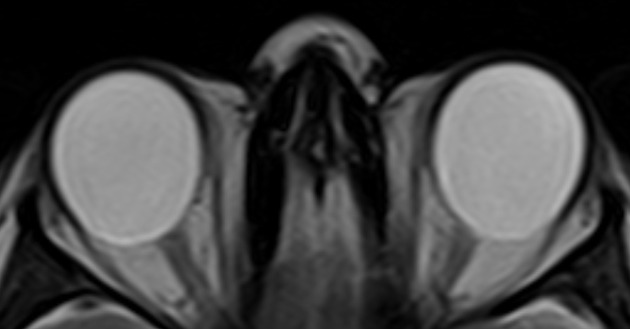
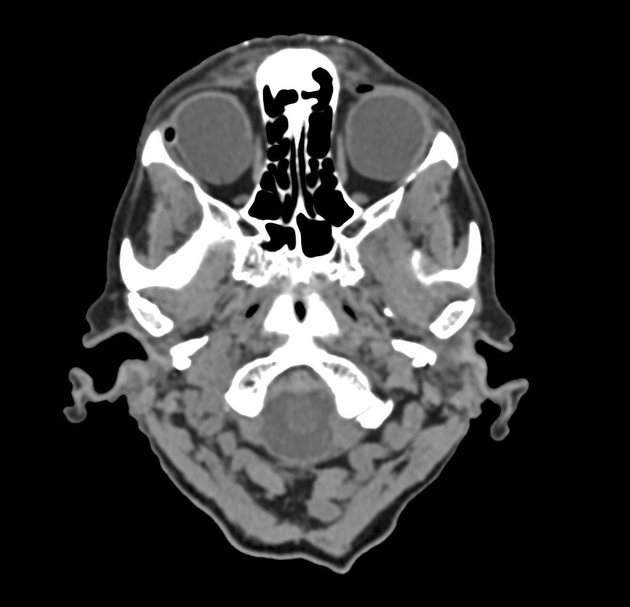
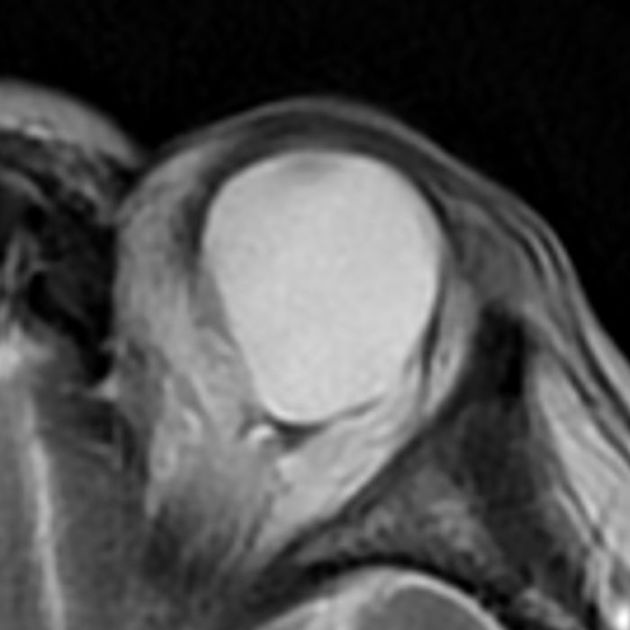
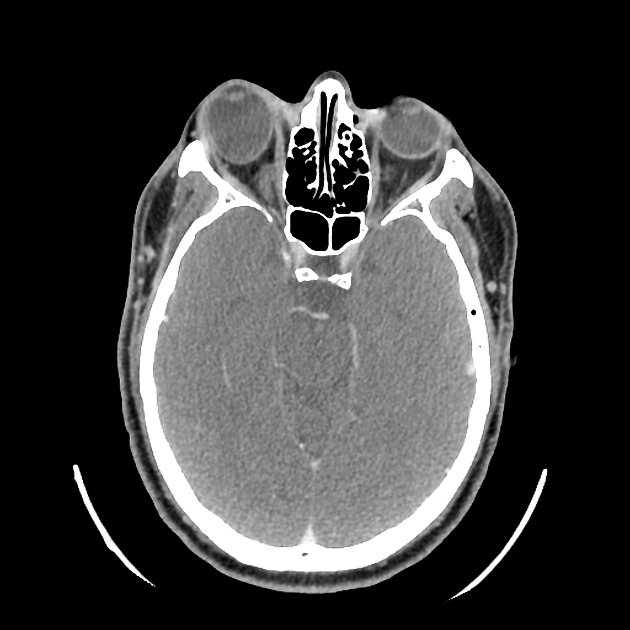


 Unable to process the form. Check for errors and try again.
Unable to process the form. Check for errors and try again.